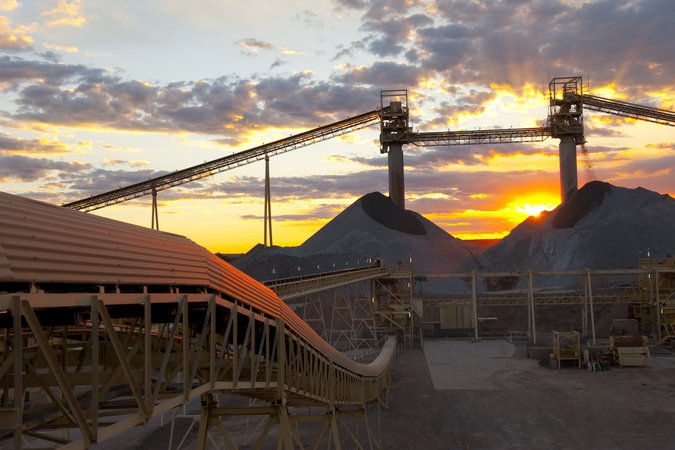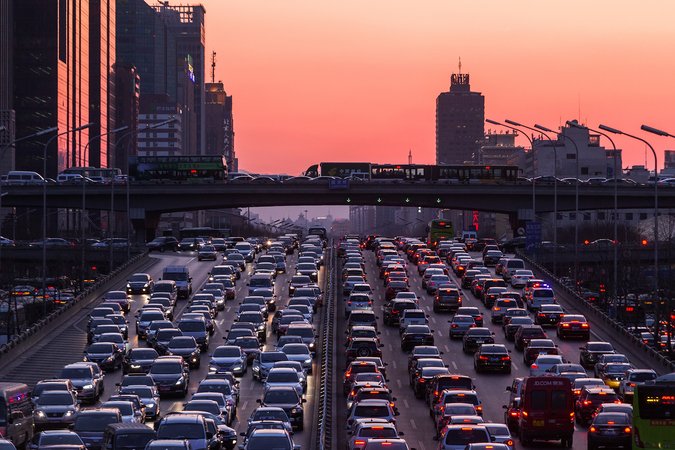Building Subway Systems and Improving Air Quality in China: New Evidence from Multiple Chinese Cities
Partly to reduce air quality problems, China has invested heavily in urban subway systems. This paper provides the first comprehensive estimates of the effects of these investments on urban air quality, finding substantial air quality improvements.
Key Findings
- The analysis uses a unique data set that combines hourly air quality data and daily meteorological data for all major Chinese subway projects in 2013 and 2014.
- Exploiting the timing of subway openings, we find that the average opening reduced air pollution by 17%.
- Air quality benefits of subway station opening are substantial compared to construction costs.
Abstract
Automobiles are a major contributor to pervasive urban air quality problems worldwide. Partly to reduce these air quality problems, China has invested heavily in urban subway systems. This paper provides the first comprehensive estimates of the effects of these investments on urban air quality. The analysis uses a unique data set that combines hourly air quality data, daily meteorological data, and characteristics of cities for all major Chinese subway projects in 2013 and 2014. Exploiting the timing of subway openings, we find that the average opening reduced air pollution by 17%. We report substantial heterogeneity across time and cities: reductions are largest during daytime rush hours and in cities with low income and high population density. There is also evidence of diminishing marginal effects, as the air quality reduction declines with the number of existing stations. Back-of-the-envelope calculations suggest that air quality benefits of subway station opening are substantial compared to construction costs.





